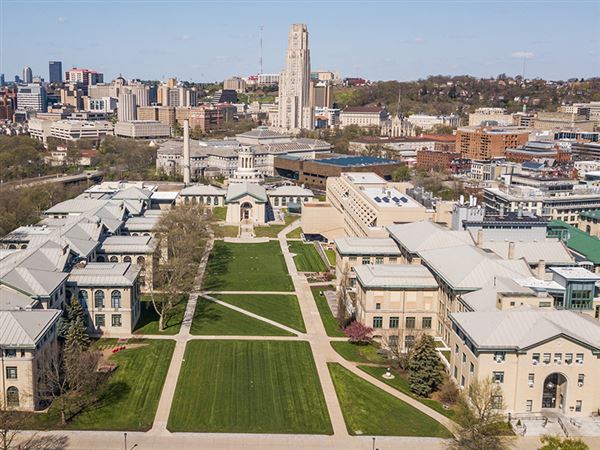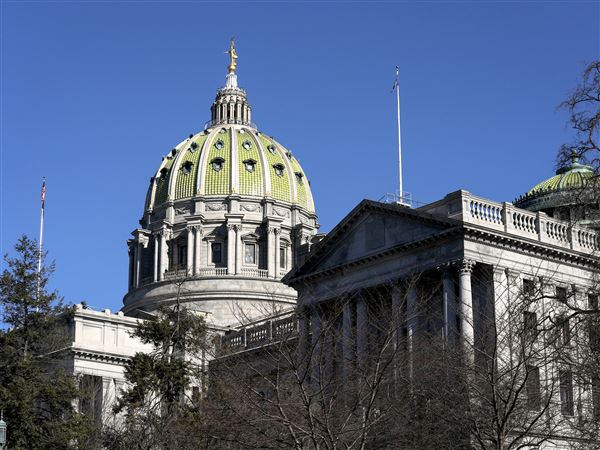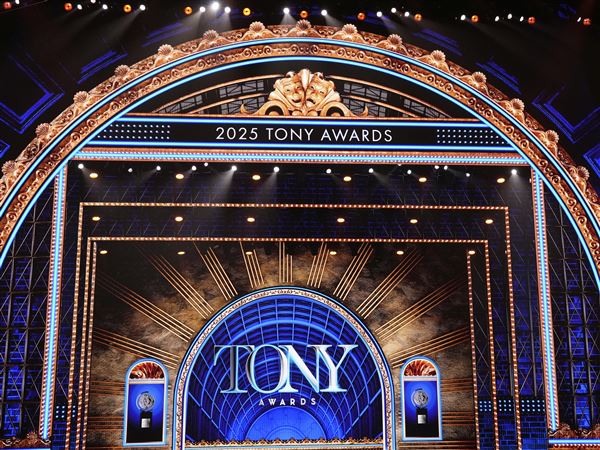The Pennsylvania Railroad was once the largest publicly traded corporation in the world, paying out dividends more than 100 years in a row, having a larger budget than the U.S. government, employing 250,000 people at its peak and owning 10,000 miles of rail line.
Yet in 1970, the Pennsy -- despite a recent merger with its archrival, the New York Central -- went kaput. Its passenger and rail arms would be divvied between Amtrak and Conrail and, well, that was the end of American rail as we once knew it, right?
Not on your autographed picture of Casey Jones.
Those Pennsy pieces never went away and now, with gasoline burning holes in wallets, those pieces look like huge assets again. One 19-mile slice through the Allegheny Valley, from New Kensington to the Strip District, could soon bring the first commuter railroad back to Pittsburgh since the Port Authority 86ed its Mon Valley run in 1989.
"The corridor doesn't have to be assembled,'' says Russell Peterson, president of the Allegheny Valley Railroad, a freight carrier that has quietly prospered on the former Pennsy/Conrail line since 1995. "It exists. It's lying there to be utilized. That makes it much more cost-effective.''
State Rep. Frank Dermody, an Oakmont Democrat, has been pushing for commuter rail service since he was elected in 1991, but that had been a tough sell despite chronic clogs on Route 28 across the Allegheny. The thinking always has been that commuters would rather drive.
And they would -- but not with expensive gasoline. Signs are everywhere, not least among them the tripling and then some of bus ridership into Pittsburgh from distant eastern suburbs. Westmoreland County Transit Authority carried 156,488 riders into the city in the last fiscal year, up from 43,792 six years ago.
Those aren't quick trips. Neither Westmoreland Transit nor the Port Authority can promise that. The latter's 1A bus from the Tarentum park-and-ride above New Kensington takes an hour and 20 minutes to get to its Seventh Street stop Downtown. Westmoreland Transit's Greensburg "Flyer,'' even using the busway from Wilkinsburg, takes an hour and 21 minutes to get to Grant Street.
You don't need a bullet train to beat that time.
Westmoreland Transit, with a $500,000 federal grant, is studying how a commuter train from New Kensington and a second one from Greensburg might work. That's a lot of money, but there's a lot to study.
The Greensburg line is owned by Norfolk Southern, and is heavily used by its freight trains and also a handful of Amtrak routes. Those runs could increase as demand soars, so it's possible a commuter run would need a dedicated track. (There is room.)
In contrast, the Allegheny Valley route is underutilized. It carries one, slow round-trip freight train each night. Mr. Peterson said his company would make the corridor available to a public-private consortium, retaining the right to run its freight. The consortium would be responsible for track improvements, stations and adjacent developments.
The track would have to be improved because the freight trains chug around 15 mph. The track also currently ends in the Strip District, and the right-of-way goes only to 16th Street, so a train would have to be complemented by shuttle services Downtown and to Oakland.
A 2006 proposal for an Allegheny Valley commuter train envisioned hourly service at the peaks and 90-minute intervals off-peak. There has been talk of as many as a dozen stops, among them Oakmont, Verona, Washington Boulevard and 62nd Street and 40th Street.
A statistic that Mr. Peterson likes to use while plugging his freight service also would have applications for bus riders:
"One gallon of diesel fuel can move one ton of freight 423 miles on a railroad, and the same gallon can move that ton 140 miles on the highway.''
So apart from alleviating the stress of the Route 28 rush hours and causing less pollution, commuter rail options here and elsewhere will decrease national demand for oil. As we've seen in recent weeks, that can reduce the price of gasoline for everyone.
As an Amtrak official put it the other day after another record month, "For the first time in history, the emerging transportation mode already exists."
First Published: August 24, 2008, 4:00 a.m.
















